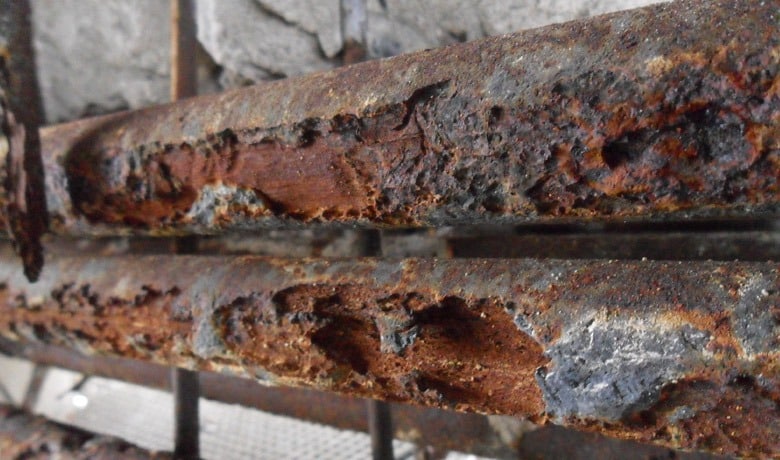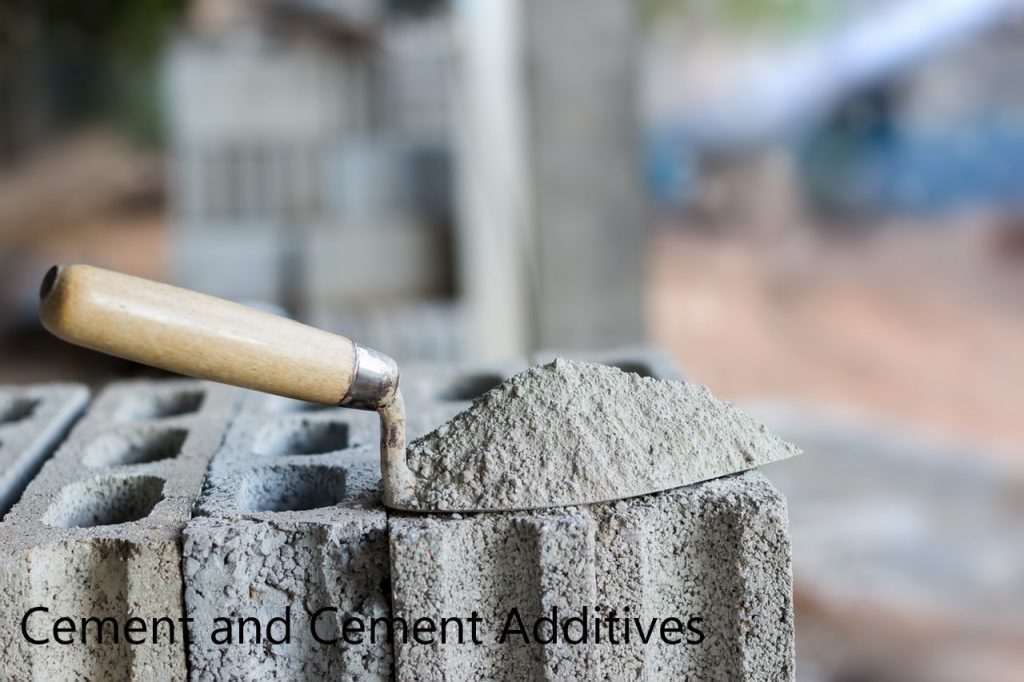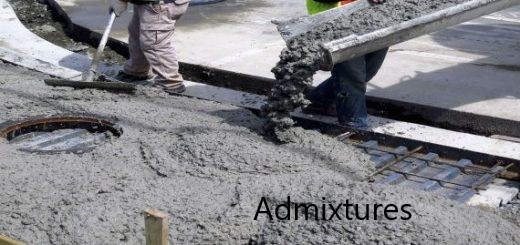Corrosion of reinforcement is a major issue that affects the durability and safety of reinforced concrete structures. Corrosion is a natural process that occurs when metal reacts with its environment, and it can result in serious structural damage and even collapse. In this article, we will discuss the causes, effects, and prevention of reinforcement corrosion.
Causes of Reinforcement Corrosion
The most common cause of rebar corrosion is exposure to chloride ions and carbonation. Chlorides can penetrate concrete through cracks, pores, and other defects, and they react with the metal in the reinforcement. It has been found that the penetration of the chlorides could occurs at crack width around 0.05mm resulting corrosion of reinforcement and reducing the service life of the structure.
Carbonation occurs when carbon dioxide from the air reacts with the alkaline cement in the concrete, lowering the pH of the concrete and making it more acidic. This acidic environment can cause the metal in the reinforcement to corrode.
Other factors that can contribute to reinforcement corrosion include;
- Low Concrete Cover: Concrete cover refers to the thickness of the concrete between the reinforcement and the surface of the structure. If the cover is too low, the reinforcement is more exposed to the environment, and corrosion is more likely to occur.
- Poor Quality of Concrete: Poor quality of concrete can lead to cracks, voids, and other defects that allow water and other corrosive agents to penetrate the concrete.
- Electrical Potential: Corrosion can also occur due to the electrical potential difference between the reinforcement and other metals in contact with it.
In addition to the carbonation and chloride attacks, chemical attacks would also cause the corrosion. Testing of the ground water, water extracted from soil and water used for the construction is also very important to identify the aggressive chemicals.

Effects of Reinforcement Corrosion
Reinforcement corrosion can have serious effects on the durability and safety of reinforced concrete structures. Some of the common effects of corrosion include:
- Structural Damage: It can cause the reinforcement to lose its strength and eventually fail. This can lead to cracking, spalling, and even collapse of the structure.
- Aesthetic Damage: Corrosion can also lead to unsightly stains and rust marks on the surface of the structure, which can reduce its aesthetic appeal.
- Maintenance Costs: Corrosion damage requires expensive repairs and maintenance, which can be a significant financial burden for the owner of the structure.
How to Prevent of Reinforcement Corrosion
Preventing reinforcement corrosion requires a multi-pronged approach that addresses the various causes of corrosion. Some of the common preventive measures include:
- Proper Design and Construction: Design and construction practices that ensure adequate concrete cover, proper concrete quality, and correct installation of reinforcement can reduce the risk of corrosion.
- Use of Corrosion Inhibitors: Corrosion inhibitors can be added to the concrete to reduce the rate of corrosion.
- Cathodic Protection: Cathodic protection involves applying a small electric current to the reinforcement, which reduces the rate of corrosion.
- Regular Maintenance: Regular inspection and maintenance of the structure can help identify and address corrosion before it causes significant damage.
The most important part of the structural design is the safety and the durability of the structure. Modern design approaches as given the priority to the durability aspect when compared to the old standards.
Specifying the concrete considering the exposure condition is done to enhance the durability of the concrete. In this way, based on the design life considered.
- Cover to the reinforcement
- Grade of concrete
- Water cement ration
- Minimum cement content, etc.
are specify considering the durability aspects.
In conclusion, reinforcement corrosion is a serious issue that can have significant effects on the durability and safety of reinforced concrete structures. Understanding the causes and effects of corrosion and implementing effective preventive measures is crucial for ensuring the long-term performance of these structures.
The article how to prevent corrosion could also be studied for further information.


